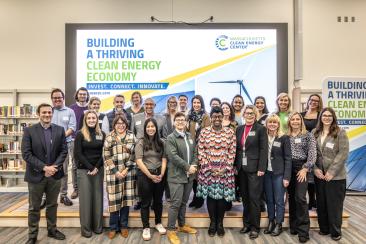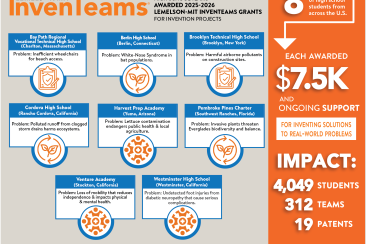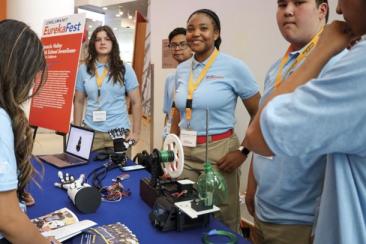World Food Day 2020
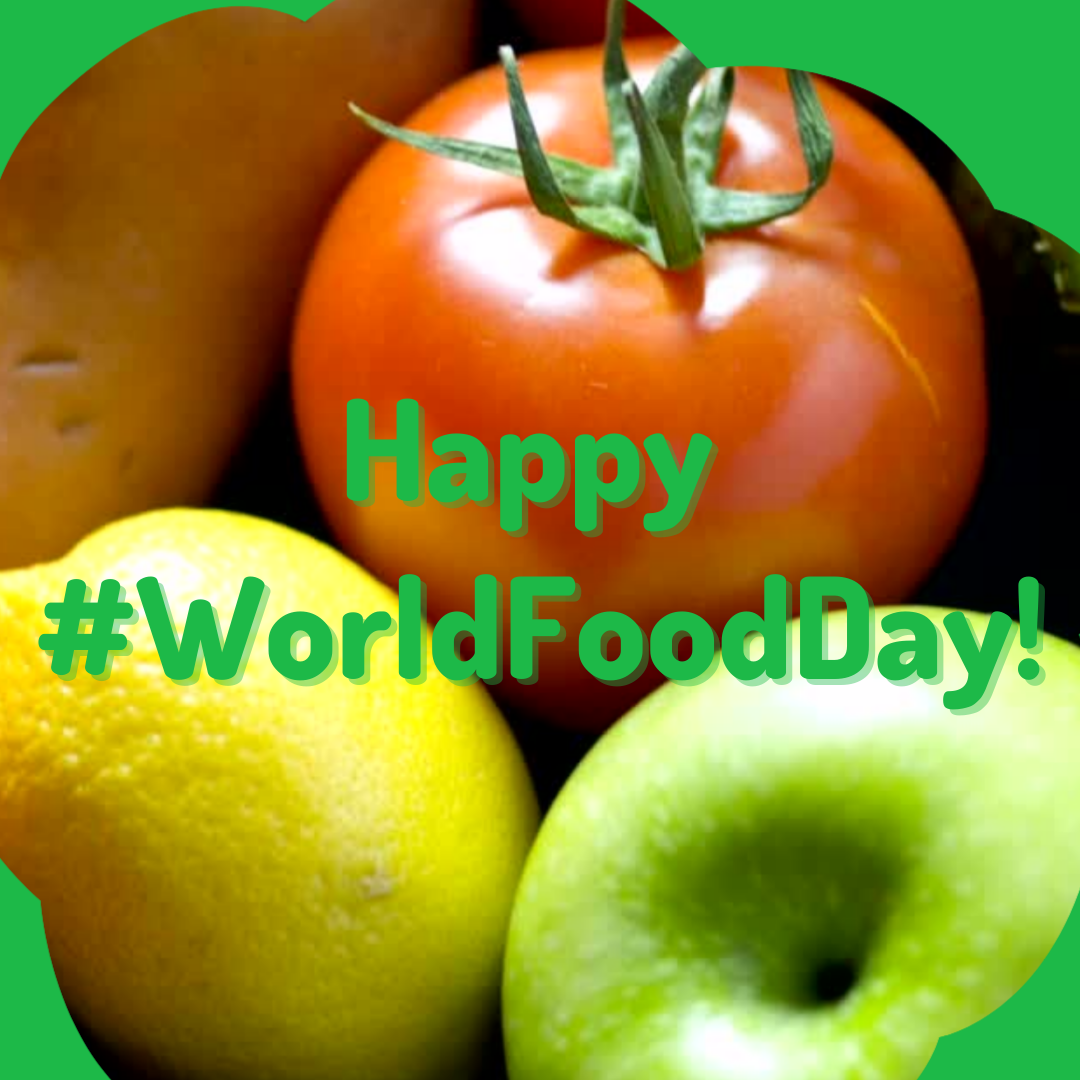
October 16, 2020 marks #WorldFoodDay! To celebrate, we are highlighting four Lemelson-MIT student inventors whose food and agricultural-related inventions make them true #FoodHeroes!
October 16, 2020 marks #WorldFoodDay! To celebrate, we are highlighting four Lemelson-MIT student inventors whose food and agricultural-related inventions make them true #FoodHeroes!
A group of high school students from Fort Mill, South Carolina saw their town population increase exponentially from 2010 to 2017, causing farming and agricultural land to be transformed into residential housing space. Because of this, many farmers turned to hydroponics—that is farming that uses water instead of soil. But plants often miss vital nutrients from soil when planted in water. The 2019 Nation Ford High School InvenTeam decided to do something to help hydroponic farmers in their local community and ultimately in other parts of the world. They invented the Smart Nutrient Additive System (SNAS), an automated nutrient injection system for hydroponic plants. The system uses probes to collect and measure information about the plant’s nutrient solution. The data from the probes is uploaded onto an internet application which suggests the specific liquid nutrients needed for optimum growing conditions. An injector then pumps those nutrients into the grow solution to nourish the plants.
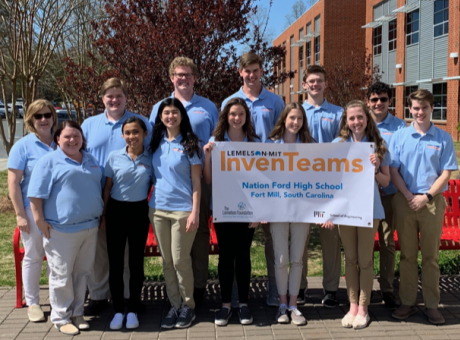
Lameness is a major health issue that impacts the health and dairy production of cows, as well as bottom-line profits for farmers. The 2017 CATALYST at the Science House InvenTeam from Raleigh, NC, first found out about the problem while working with the North Carolina State University Veterinarian School and Animal Science Department. The team, made up of students with disabilities, learned how lameness is an indicator of overall bovine health, but because cows try to conceal lameness, it is difficult to tell which stage of lameness a cow might be experiencing. The InvenTeam created a mat that cows stand on that measures if the cow is lame and sends a message to the famer through a mobile application. The device consists of four stainless steel scales for each of the cow’s legs. The weight of each hoof is averaged over 20 seconds and any time the weight of one hoof varies more than 100 pounds from the other hooves, an alert is sent to the farmer indicating the cow requires veterinary inspection.

2016 “Eat it!” Lemelson-MIT Student Prize winner Heather Hava from the University of Colorado Boulder works to create better connections between plants and humans. Part of what she does is produce robots that can grow food inside so that people in extreme environments like the Arctic or even space can have access to fresh food. Her invention of the SmartPot (SPOT) uses a smart growth chamber that acts as a microclimate for the plant with everything from temperature, humidity, lighting and ventilation control for optimal conditions for the plant. She also invented AgQ, an A.I. platform for agriculture that uses plant health data from sensors in SPOT and wearable human physiological sensors to monitor, alert, diagnose and predict issues with both the plants and their human caretakers.
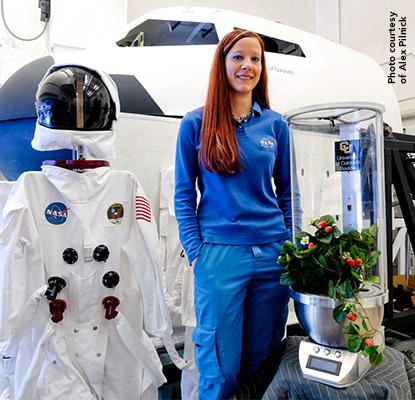
MIT engineering students Kale Rogers, Michael Farid, Braden Knight and Luke Schlueter created Spyce: the world’s first fully automated restaurant that serves fresh, affordable food. Spyce is an alternative to the fast food industry which often uses harmful pesticides and processed ingredients to keep costs low. The invention includes a refrigerator, dishwasher, and stovetop, all in one machine that occupies only 20 square feet of space, allowing it to be located in places where a traditional fast food restaurant couldn’t fit. Spyce uses an array of sensors to accurately control temperature and quality when cooking. Every meal is cooked to order using fresh, locally sourced ingredients. The Spyce model operates with extremely low overhead to serve high quality, nutritious meals at fast food prices. This invention won the team the 2016 “Eat it!” Lemelson-MIT Student Prize in the undergraduate category.
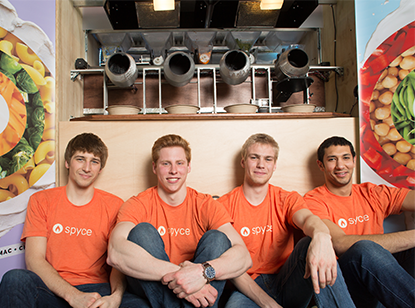
Want to check out some fun activities for kids involving all of these inventors? Check the resources below to get started on your invention journey to help solve food, water, and/or agricultural challenges facing our planet. Happy World Food Day!
Brainstorm like an inventor!
Invent with Heather, the Space Gardener!
Grow your own plants and keep a seed journal!


